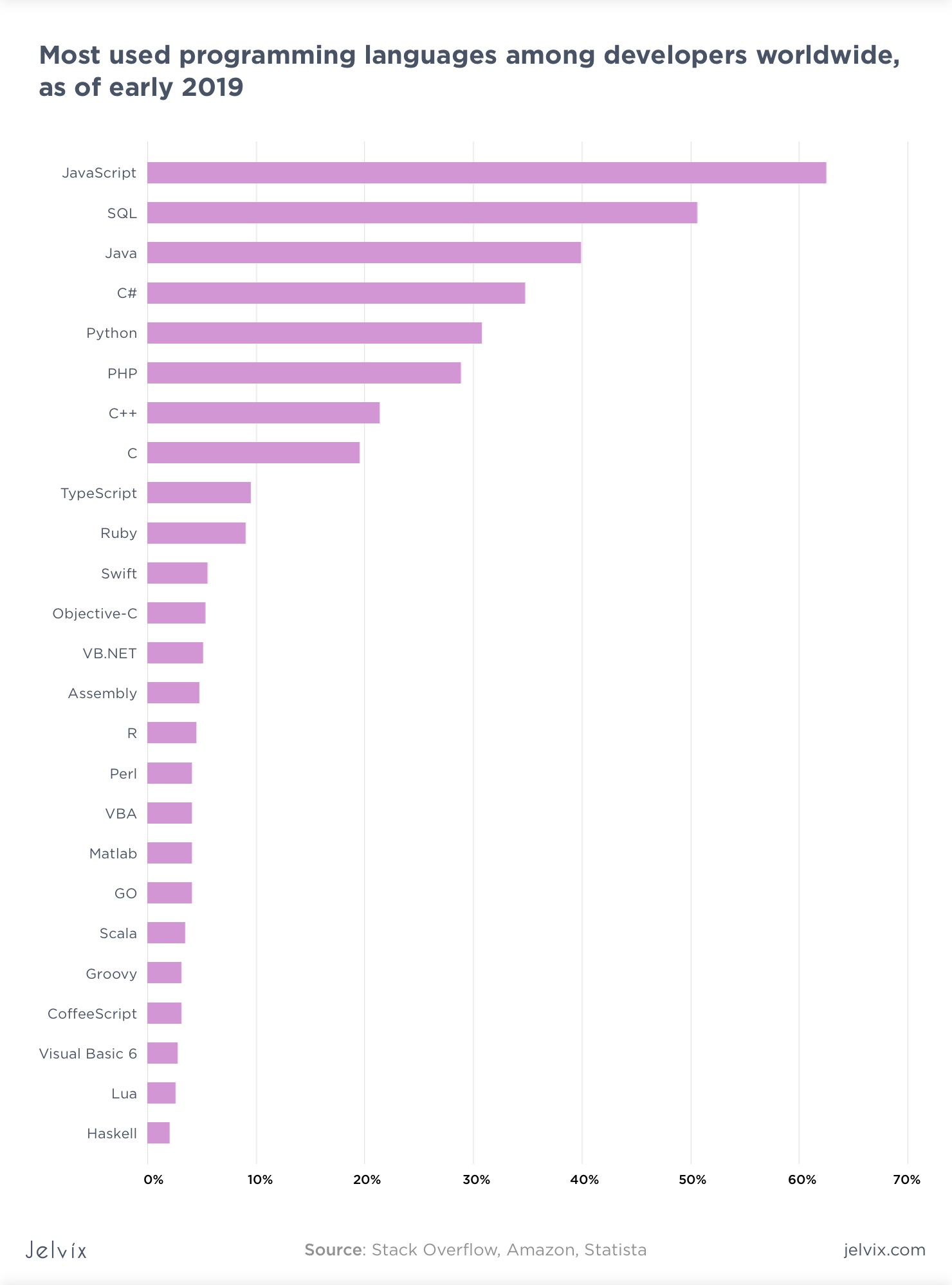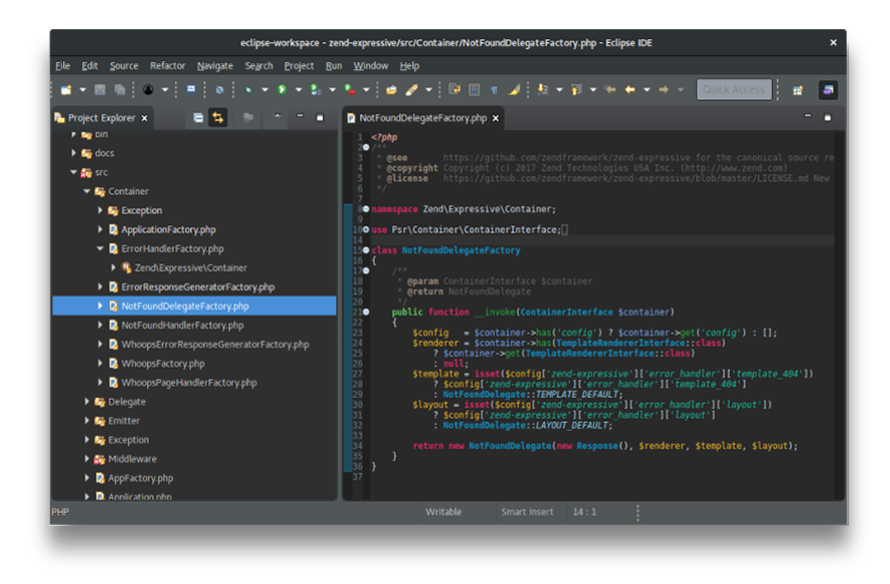

- #What is the most popular ide for java software
- #What is the most popular ide for java code
- #What is the most popular ide for java free
A cross-platform IDE for java that allows developers to seamlessly interact with its objects.Has interactive clutter-free, easy to use, and test interfaces.Easy to inspect object values, call methods on objects, and pass objects as parameters.It provides an array of robust features that accelerates the Java application development.All the OOPS elements can be easily represented on BlueJ in a visual format.
#What is the most popular ide for java software
It was developed for educational purposes and also useful in software development.

It is a Java IDE, which is widely used by a large community of Java developers in the world.
#What is the most popular ide for java code
Some features of IntelliJ IDEA makes programming simpler such as debugging, code completion, code inspections, XML editing support, code refactoring, unit testing, TestNG, etc.Both versions of IntelliJ IDEA support various languages like Kotlin, Groovy, Scala, Java, and so on.IntelliJ IDEA is considered as one of the best Java IDEs and comes up with features like cross-language refactoring and data flow analysis to allow developers to dive deeper into the java code.
#What is the most popular ide for java free
It is a premier Java IDE in terms of both features and price, and comes with two editions- Free community edition and Paid Ultimate edition having some extra features. It can also be used to create various mathematical documents with LaTeX using the TeXlipse plug-in as well as packages for Mathematica software.The plugin development environment is available for programmers to create specific functionalities in their applications.Intelligent code completion and provides quick fixes.It helps you with code refactoring, editing with prompt validation, incremental compilation, cross-referencing, code suggestions.Helps java developers to accelerate the application development, Eclipse flaunts powerful tools for charting, modeling, reporting and also testing.It is meant to be a robust, full-featured and also a commercial-quality platform for developing modern web applications. Eclipse is an open-source and a freely distributed IDE available for enterprise Web Development. But it can be used to develop applications in other programming languages apart from Java using plug-ins. This is one of the popular Java IDE and was mostly written in Java. Then standards can be enforced if an IDE offers predefined templates or if the code libraries are shared between various colleagues/groups working on the same project. Just by working in the same development environment, some of the software developers will bond to a standard way of getting things done. To organize resources, prevent mistakes, and provide shortcuts, there are various tools and also features are available. The main purpose of IDE is to ease and fasten the development process.

Most of the IDEs have documentation tools that allow developers to write comments in different areas and automate the entry of comments. Let us see the advantages of using an IDE. The selection of a good IDE depends on factors like- needs of the OS, language support, and also a cost of particular IDE etc. It is an application designed to help developers in building software applications with an environment combined with all the required tools. IDE is an abbreviation of Integrated Development Environment. Before proceeding towards IDEs and its features, let us discuss the details of IDEs. Generally, there are three IDEs that you can use for server-side Java development- intelliJ IDEA, Eclipse and NetBeans. It is important to decide the best IDE and it depends on your role in the organization, process used by the development team, and your skill level as a programmer. It is one of the most popular programming languages and is widely used to develop robust and secure desktop applications, mobile apps, web apps, and enterprise apps.Įvery java programmer needs a programming editor or IDE that can help with writing Java and class libraries and frameworks. The first public implementation of Java was in 1995.


 0 kommentar(er)
0 kommentar(er)
